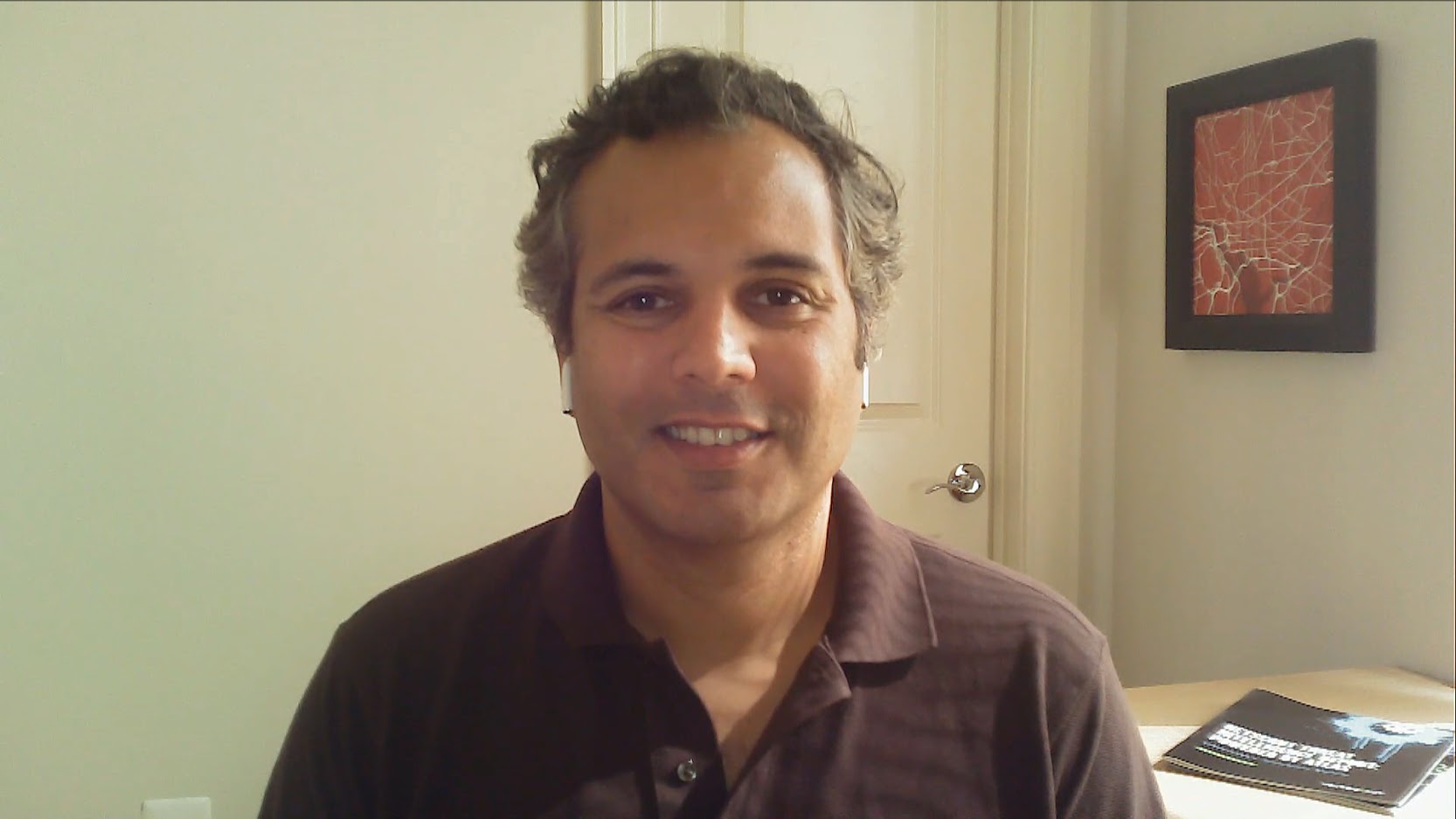 SECURITY
SECURITY
 SECURITY
SECURITY
 SECURITY
SECURITY
Distributed denial of service events, known as DDoS attacks, are old school when it comes to cyber threats. But that doesn’t mean that they’re obsolete.
Slowing down or crashing devices by overwhelming systems with incoming requests is still high on cyber criminals’ “to-do” lists. And as 2020 drives work, school and socialization online, DDoS attacks are on the rise.
“This is an ongoing onslaught for anybody who exists on the internet,” said Hardik Modi (pictured), area vice president of engineering, threat and mitigation products, at NetScout Systems Inc. “We recorded through our visibility 4.83 million DDoS attacks in the first six months of the year. That’s almost 30,000 attacks a day.”
Modi spoke with Stu Miniman, host of theCUBE, SiliconANGLE Media’s livestreaming studio, for a digital CUBE Conversation on the current cyberthreat climate and the NetScout threat intelligence report for the first half of 2020. (* Disclosure below.)
Measuring a rise of 15% in DDoS attacks during the past six months, 25% for the year overall, NetScout’s threat report for the first half of 2020 drives home just how vulnerable the network is at a time when the world is increasingly reliant on connectivity. Even more astounding is the company’s real-time Cyber Threat Horizon map, which provides a visual display of the silent cyber war under way.
And the attacks are more complex than ever. Two years ago attacks came from a single vector, but today’s DDoS attacks are multi-vector. “Attacks that involve even 15 separate vectors are up over 1000% compared to the same time last year,” Modi stated.
Aiding and abetting this increase is the expansion of the internet of things. Increased risk comes from the larger attack surface, and from poorly secured end-points. “So many devices are being deployed that are vulnerable from the get-go,” Modi said. “If we don’t get this right, there’s a lot of pain in our future just coming from the use of these devices in attacks.”
The good news is that there are established and effective techniques to guard against DDoS attacks. The trick is to make sure organizations keep on top of best practices and implements security measures, according to Modi. This means, that despite the somewhat dire figures in NetScout’s threat report, “this is something that with action, we’ll be able to live through just fine,” Modi concluded.
Watch the complete video interview below, and be sure to check out more of SiliconANGLE’s and theCUBE’s CUBE Conversations. (* Disclosure: NetScout Systems Inc. sponsored this CUBE Conversation. Neither NetScout nor other sponsors have editorial control over content on theCUBE or SiliconANGLE.)
THANK YOU